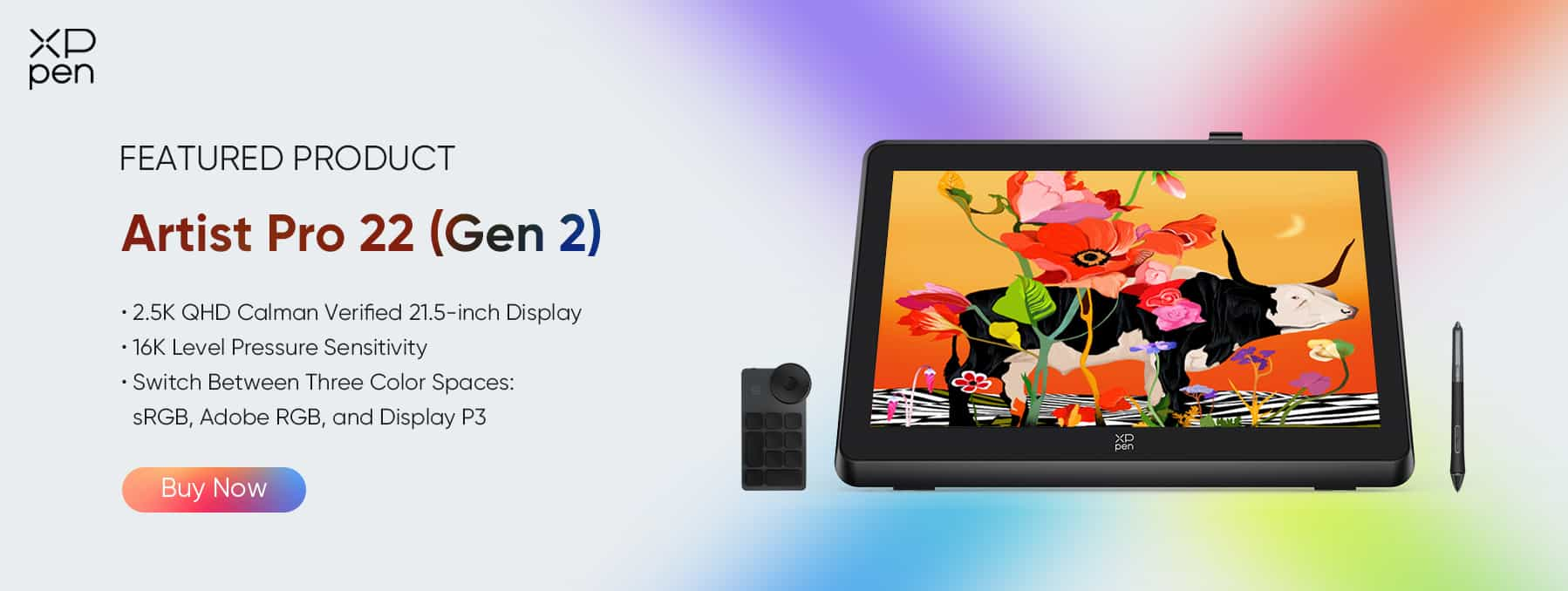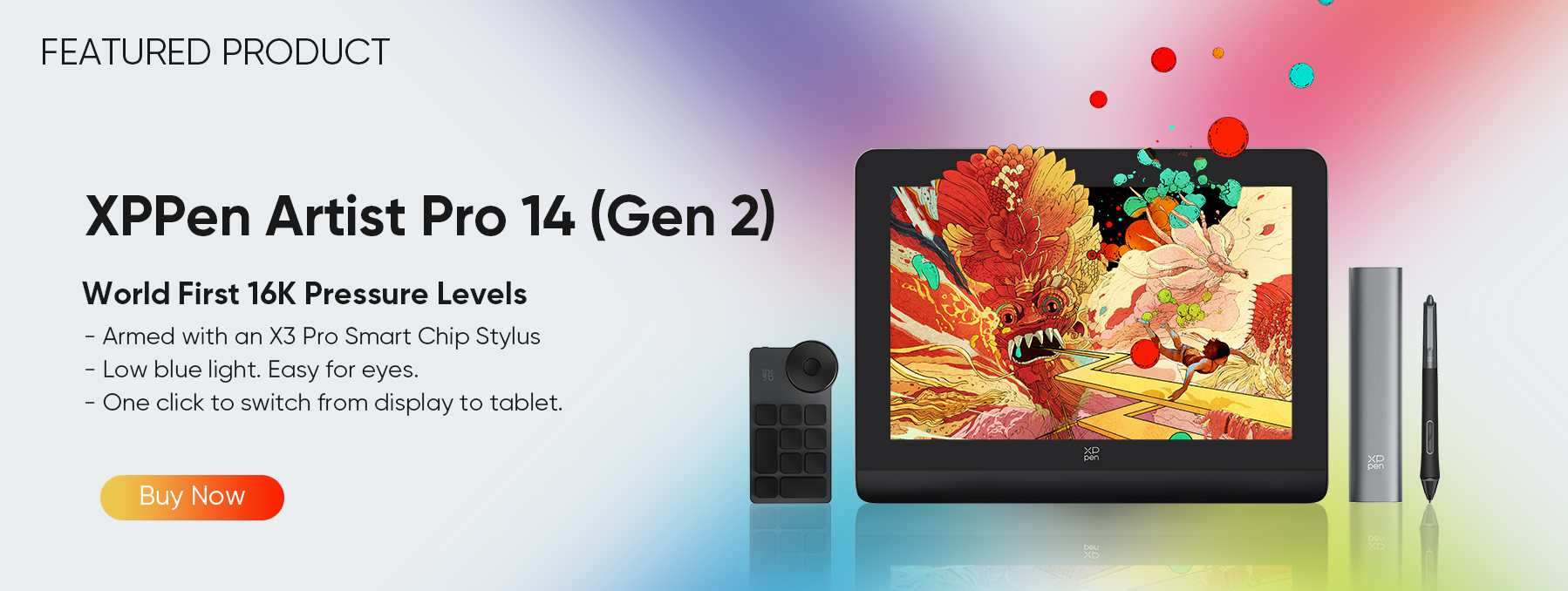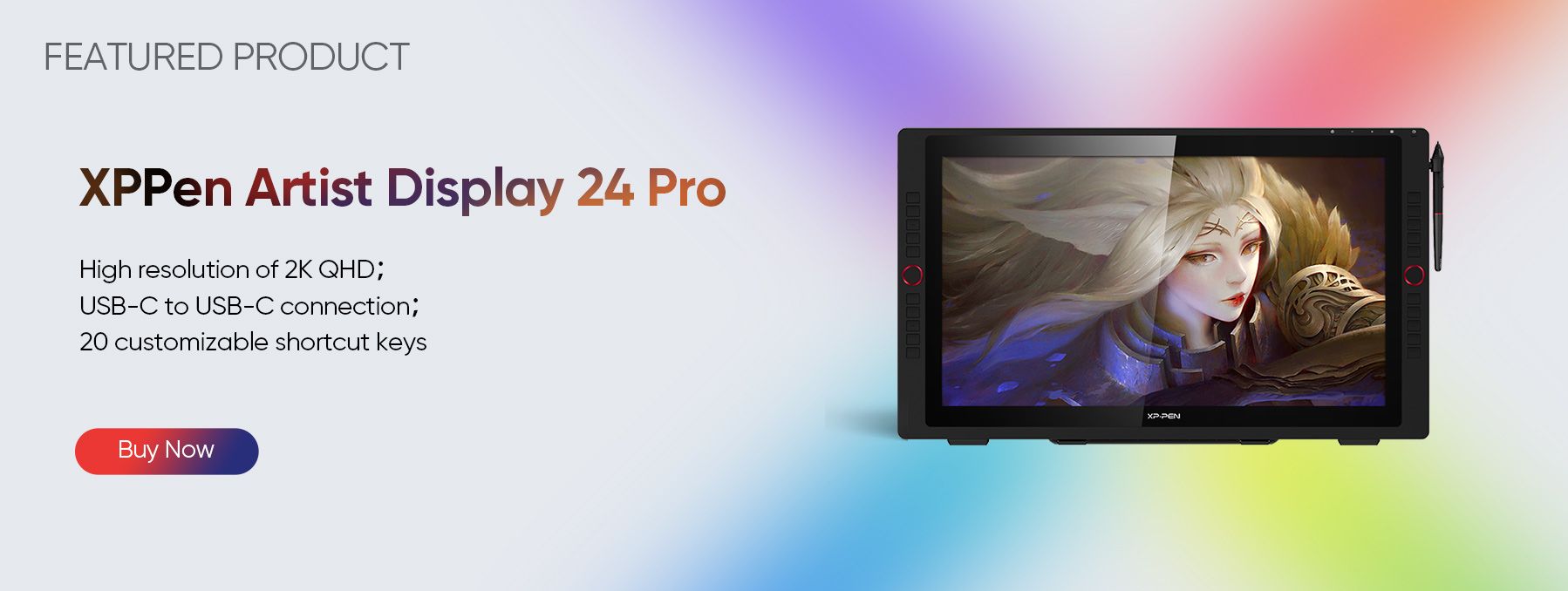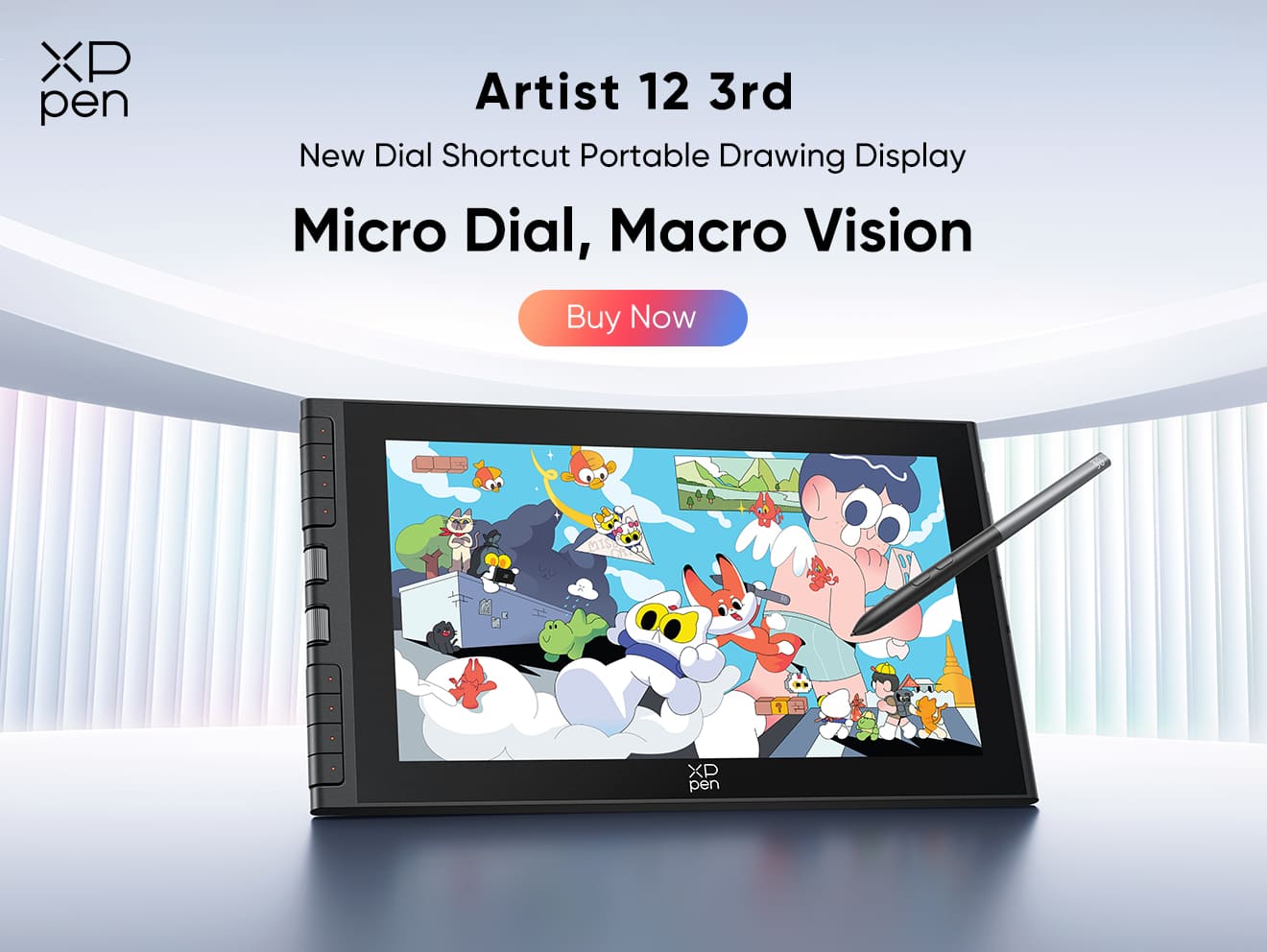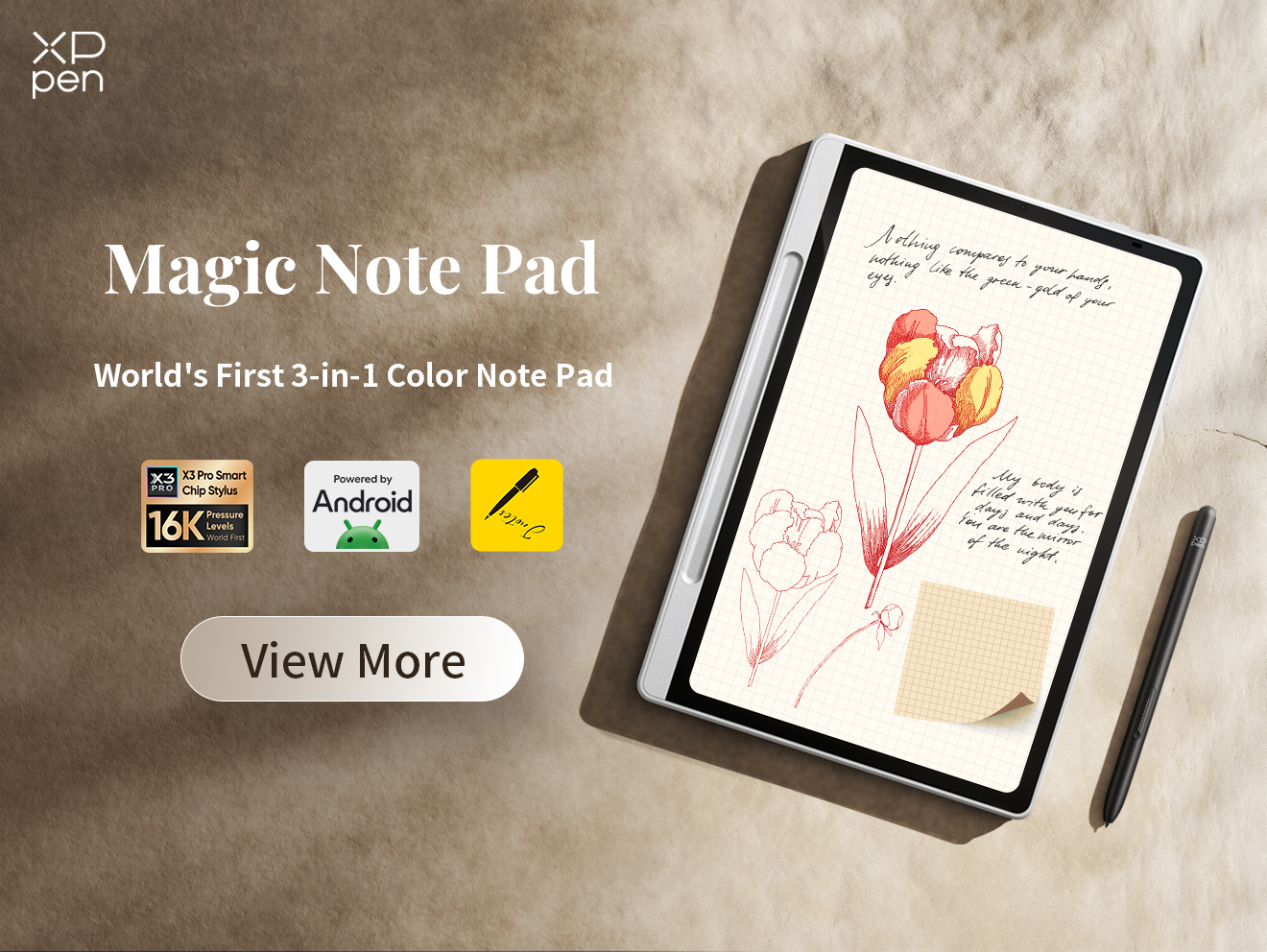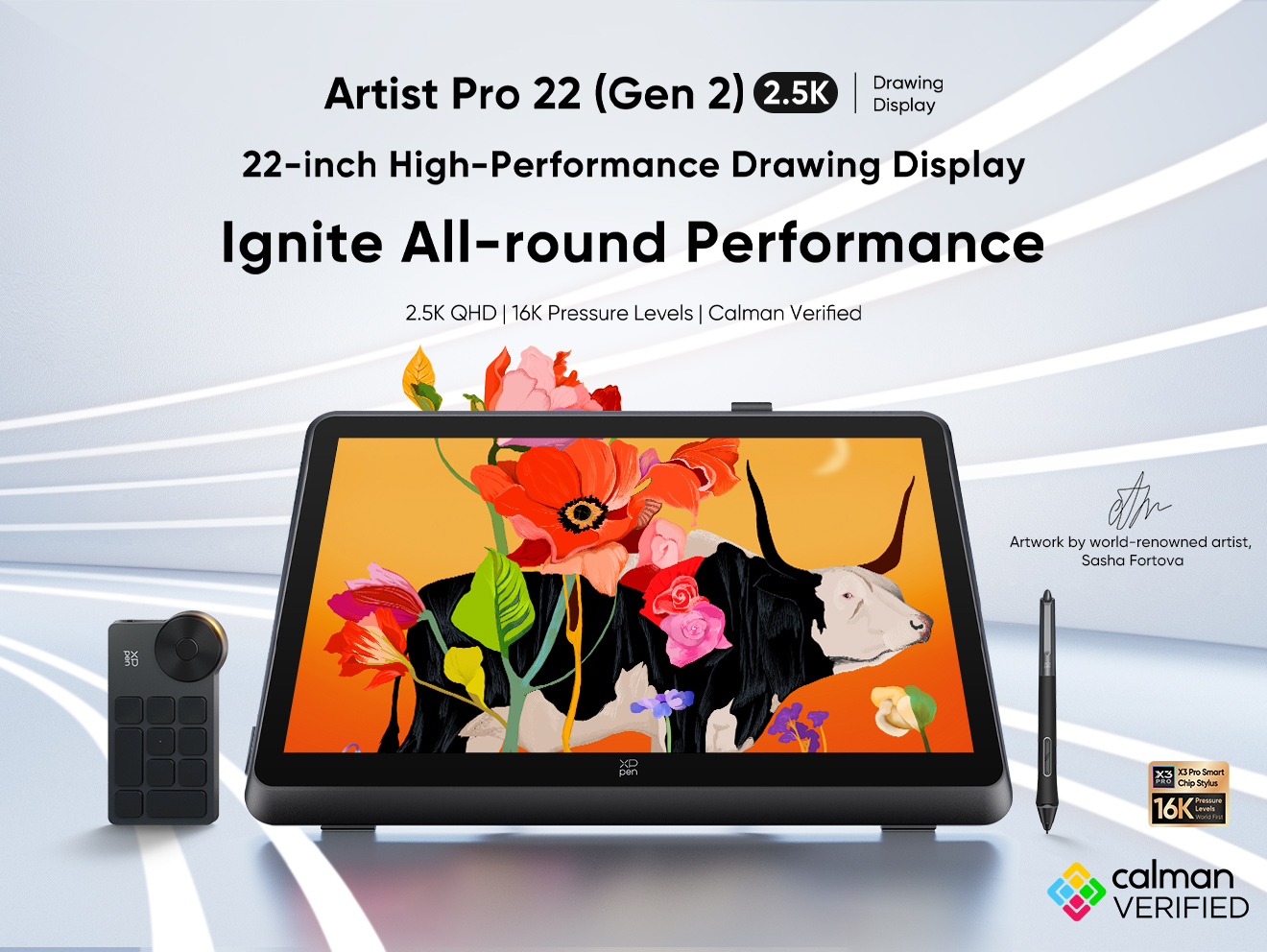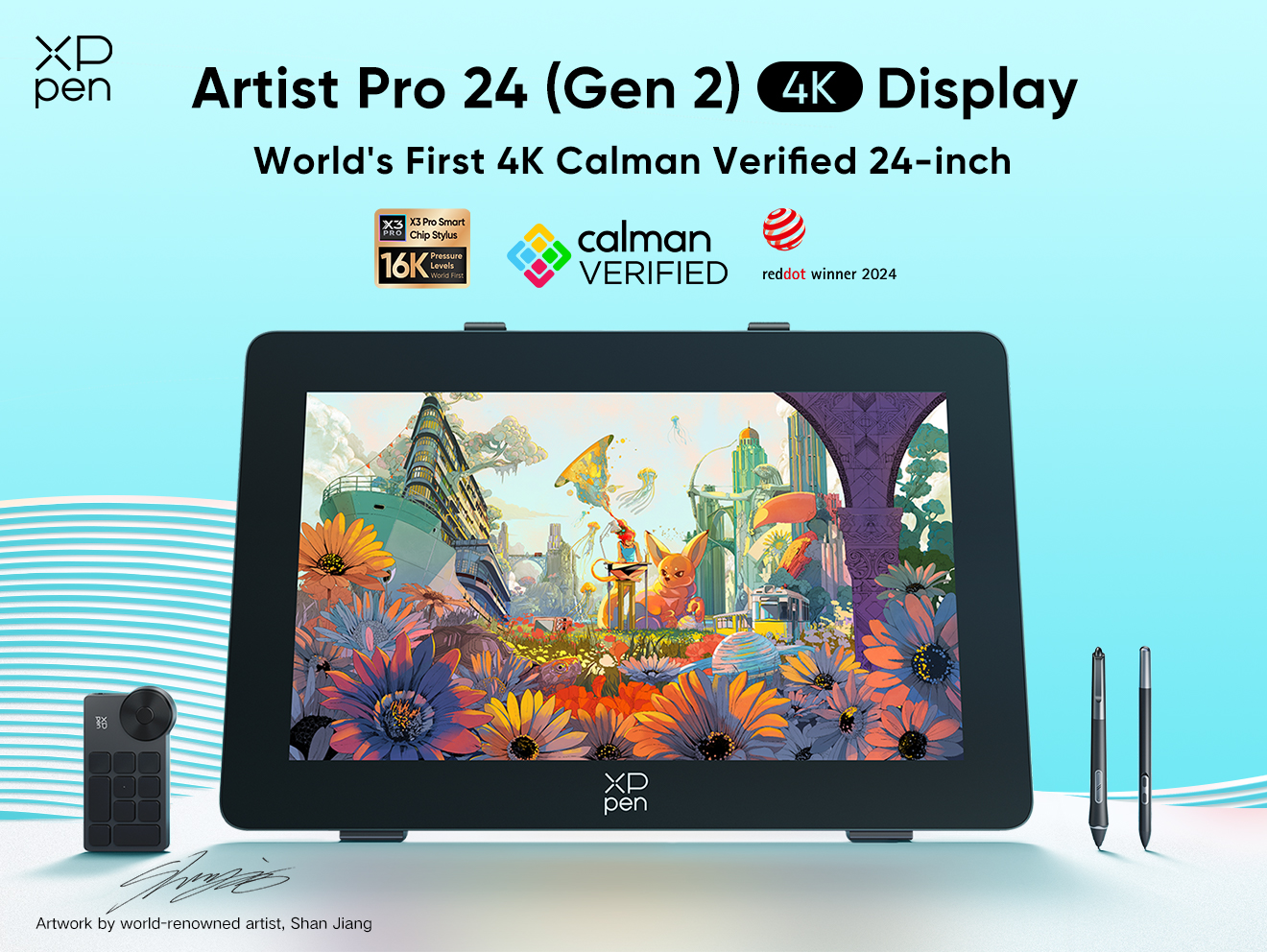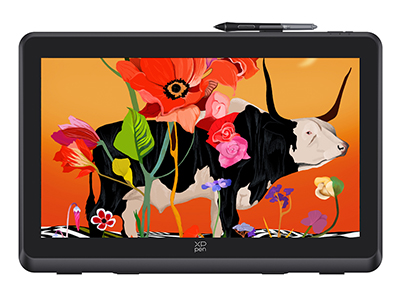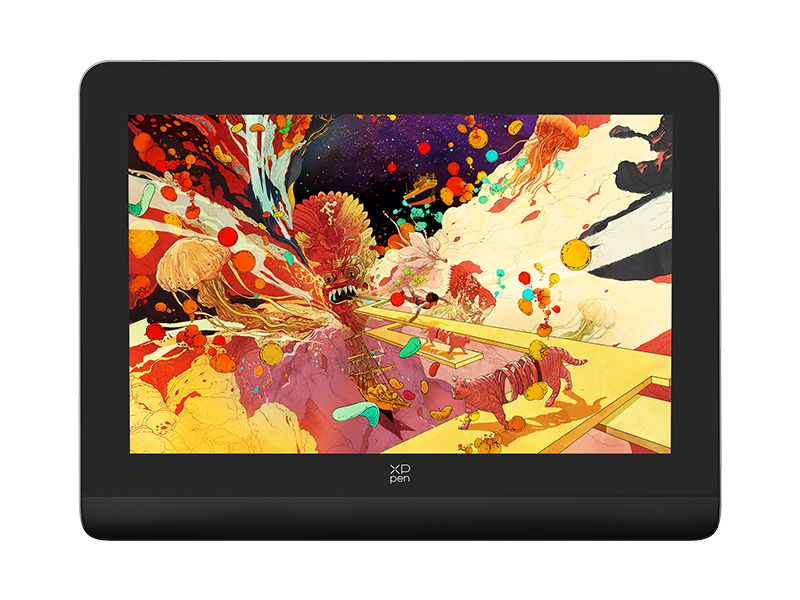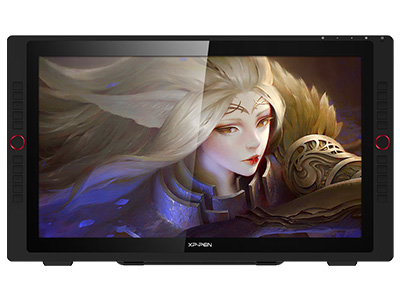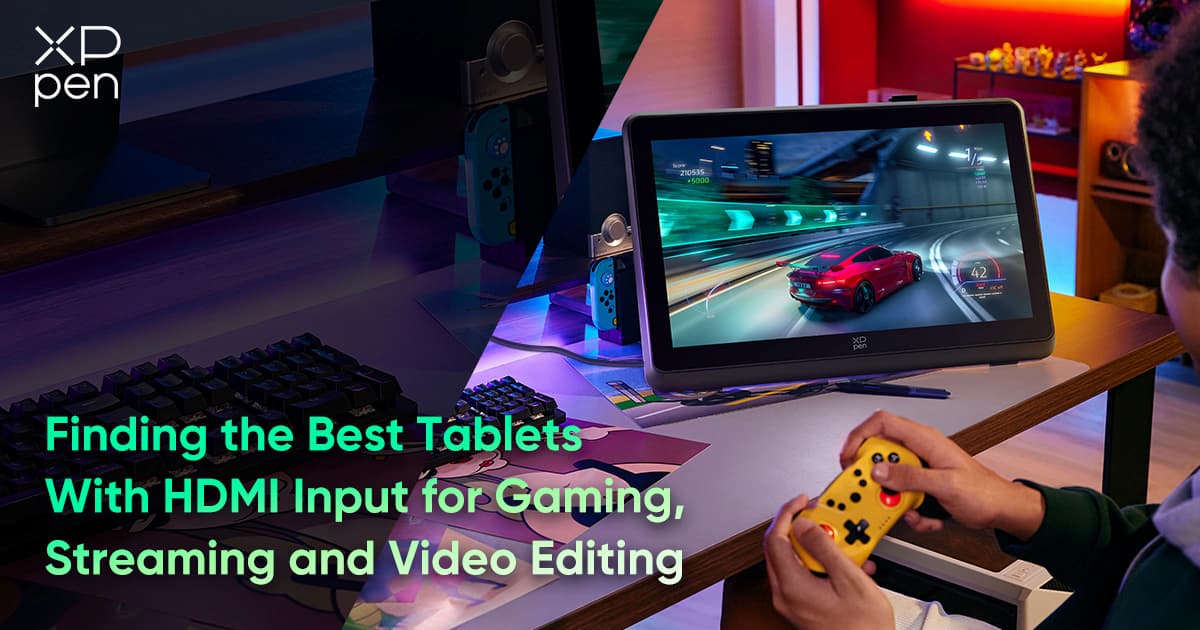
Finding Tablets with HDMI Input: Problems, Options & Fixes
ROUNDUPSToday’s tablets are evolving, shifting from a note-taking device we all love to stream our favorite Netflix shows on, into compact, high-performance tools that rival the best laptops and PCs. That’s why tablets are changing to accommodate must-have capabilities, including built-in, onboard HDMI.
While most tablet models on the market don’t come with an HDMI port, we will introduce a few exceptions in this post- whether it be all-around tablets with HDMI add-ons or drawing tablets that boast the power of HDMI.
We’ll also unpack the challenges behind why the best tablets that are HDMI-enabled are so tough to find and how to connect HDMI to a tablet that doesn’t have a port for your cable.
Introduction
When HDMI first hit the tech scene in the early years of this century, it changed how we experience media. HDMI has become today's standard, capable of transferring larger data volumes and unlocking the power of high-definition. But what is HDMI?
HDMI stands for “High-Definition Multimedia Interface”. The technology lets users transfer high-quality audio and video data between devices through a single cable.
When HDMI started replacing traditional VGA analog video-only interfaces, everything in media, from gaming, entertainment, and music, to streaming, television, and even drawing changed. Suddenly, people could enjoy high-definition media, using a single cable and standard, plug-and-play connector.
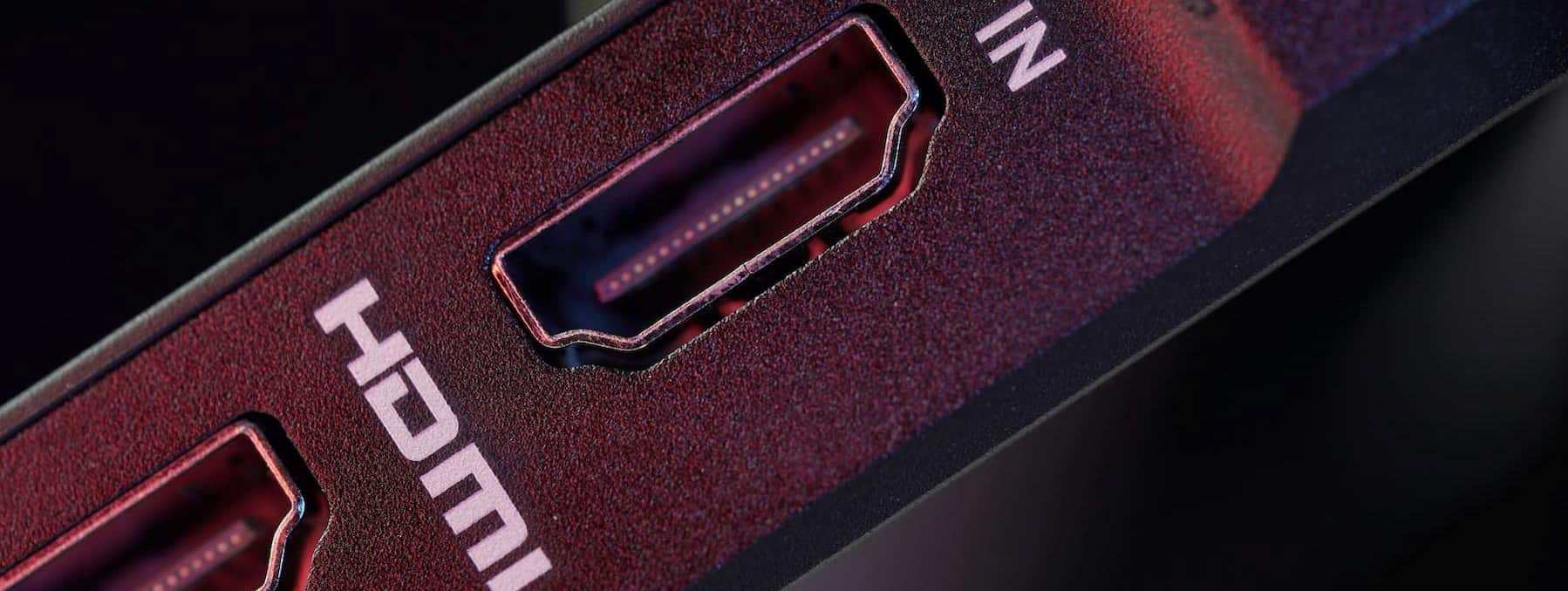
Today, HDMI is near-universal, with almost every electronic device with a high-definition screen and audio capability possessing an HDMI port – except most tablets. Why? Let’s find out.
Problems: Why is it so hard to find a tablet with HDMI input?
Most mobile phones and tablets have always lacked HDMI capabilities. Why? Because there wasn’t as much of a need for them to have the necessary ports built-in as there is today. Plus, HDMI technology presented a few problems to designers and manufacturers.
Design– The biggest reason why most tablets lack HDMI capabilities comes down to design. Early tablet designs focused on being as lightweight and compact as possible. The typical HDMI port is too large to accommodate most tablets' slimmer design.
Price– Adding extra technology to a device costs money. Manufacturers must find ways to innovate their products to accommodate extra tech, so they choose to cut their losses and leave HDMI out.
Demand– When tables first became popular, most people were already using laptop computers, and these machines were among the first to adopt HDMI interfacing capabilities. Since most tables were used as secondary devices to laptops, there simply wasn’t a need for them to possess HDMI capacity as well.
But things are changing. With demand for high-powered tablets skyrocketing and many trading in their bulkier electronics for more mobile devices, the need for HDMI-enabled products is bigger than ever.
This is why tech companies like Lenovo are investing in manufacturing cutting-edge tablets with HDMI input - some of which, like drawing tablets from XPPen, are specifically designed to satisfy the needs of creative professionals, while the others are perfect for versatile use.
Options: Best Tablets with HDMI Input on the Market - Recommendations & Reviews
1. Lenovo Yoga Tab 13 – Best tablet with HDMI input
Screen: 13” | Weight: 803g |Resolution: 2160 x 1350pixels | Battery: 10200 mAh | HDMI: Micro
Lenovo’s impressive Yoga Tab 13 is a top work-play device pick that checks most HDMI-enabled tablet boxes. Ideal for use as a second tablet monitor with HDMI input, the Yoga Tab 13 includes a powerful Snapdragon 870 chipset. Boasting a sprawling IPS LCD 13-inch display that keeps on going, powered by its massive 10,000 mAh-plus battery, Lenovo’s offering uses a quirky design that works well.
The tablet’s bottom edge, housing the speakers and ports – including micro HDMI, is about four times thicker than the rest of the 6.2mm body, but this allows it to hold an interesting feature: The metal tablet kickstand. With the design of the Yoga Tab 13 making it difficult to find a traditional case, Lenovo has added a sturdy built-in stand that unfolds to hold the tablet up.
Pros: Great speakers; Best for heavy-duty gaming; Option to buy a stylus for drawing and sketching.
Cons: No rear camera; Slightly heavy; Constantly out of stock.
Top Features: Built-in kickstand and a large, 13-inch screen.
2. Flysight Android Tablet Visoon HD900 – Best multipurpose tablet with HDMI input
Screen: 9” | Weight: 640g |Resolution: 2056 x 1600 pixels | Battery: 5600 mAh | HDMI: Micro
A pioneering, innovative tablet designed for the media professional looking for something that resembles a mobile studio. The Flysight Android Tablet was praised as one of the first to offer HDMI input functionality, and many videographers and photographers are still loyally committed to using theirs. Unique in allowing users the benefit of AV input as well as USB, HDMI in, and HDMI output, this tablet is special.
This tablet is designed for field work, for photographers and videographers’ needs, and fits anyone requiring a one-of-a-kind device that won’t disappoint them. The 9-inch IPS JDI screen is perfect for outdoor work, offering a 1200:1 contrast ratio and 500cd/m2 brightness that makes daylight use a breeze.
Pros: AV input with HDMI input and output.
Cons: Just 2GB RAM.
Top Features: Detachable sunshade hood and includes all relevant cables.
3. Fusion5 Windows 11 Tablet PC – Best non-Android tablet with HDMI Input
Screen: 10” | Weight: 690g | Resolution: 1920 x 1200 pixels | Battery: 6000 mAh | HDMI: Micro
The only tablet on this list running the Windows 11 operating system, the Fusion5 10-inch tablet-PC packs a real punch on the performance front, also offering HDMI capabilities. This high-end device delivers stunning visuals and is noted for being among very few Windows-powered tablets with dual-band Wi-Fi for those traveling or on the go.
The Fusion5 10-inch Windows 11 Tablet PC is designed to accommodate professionals and demanding users, with an optional keyboard dock allowing transition from tablet to PC in an instant. Driven by the N4120 Intel Quad-Core processor, on 6GB RAM, this tablet is a must for anyone looking for a powerful tablet with that built-in micro HDMI port. Overall, a great small tablet with HDMI input.
Pros: Very affordable; 6GB DDR4 RAM; Fast, 70-min charging.
Cons: Only 64 GB memory (Expandable M.2 storage available).
Top Features: Comes with both 5mp rear + 2mp front cameras.
4. Dragon Touch Notepad K10 Tablet – Best cheap tablet with HDMI input
Screen: 10” | Weight: 530g | Resolution: 1280 x 800 pixels | Battery: 5000 mAh | HDMI: Micro
The Notepad K10 is a lightweight HDMI built-in tablet solution that won’t meet all your work requirements but offers great value for money and will still deliver on those day-to-day needs. Affordable and compact, the tablet won’t dazzle you with a stunning display or next-level performance, but it does offer an inexpensive option for users looking for a cheap tablet with HDMI input.
With 2 GB RAM and an ARM Cortex A53 processor, this Android-run device is a popular choice for students and anyone looking for a decent tablet with HDMI for kids and grandparents to enjoy light games and standard streaming on.
Pros: Budget-friendly; Decent battery.
Cons: Slightly flimsy build; Only 720p resolution.
Top Features: Expandable storage up to 128 GB.
Bonus Options: Graphics Tablets with HDMI Input Port
While many of the tables with HDMI input and output we have listed earlier in this article are great options, they offer only some of the important features and capabilities required for drawing. Sketching and drawing on tablets has become the go-to option for designers, artists, and creators.
Armed with compact, portable tablet devices offering the benefits of capturing their drawing and sketching electronically and then transferring and displaying them using HDMI capabilities is proving invaluable to these creatives.
Here are three of the most cutting-edge, best drawing tablets from one of the leaders in innovative digital drawing solutions - XPPen that offer tablets with HDMI input and output on their devices.
1. Artist Pro 22 (Gen2)
Screen: 21.5” | Resolution: 2560 x 1440 pixels | Stylus: X3 Pro Smart Chip | sRGB: 99% |
The large work surface of the HDMI-enabled Artist Pro 22(Gen2) features excellent color space coverage and a great drawing experience on a fully laminated screen that rivals other premier offerings. Featuring XPPen’s top-of-the-line X3 Pro Smart Chip stylus, users can enjoy up to 16,384 pressure pointy levels and a dynamic 60-degree tilt. Uts 220RPS refresh rate makes sure a smooth viewing experience when streaming or editing videos. Another standout feature with proven popularity within our artistic community is its premium color accuracy. With a Delta E value of less than 1, verified by the professional color calibration brand Portrait Displays, the drawing tablet displays any hues just as they should be.
A must-have for artists looking to level up their craft on a larger-than-usual drawing surface, including an innovative wrist rest that will keep them working for hours on end.
Pros: Fully laminated screen; Full-function USB-C and HDMI.
Special: An ergonomic stand.
Top Features: Extended screen function; screen split and screen projection.
2. Artist 14 Pro (Gen 2)
Screen: 14” | Resolution: 1920 x 1200 pixels | Stylus: X3 Pro Smart Chip | sRGB: 123%
Challenging some of the best drawing tablets on the market today, the 2nd Generation Artist 14 Pro drawing tablet incorporates new tech that places this device as possibly XPPen’s flagship product. Aside from the long list of features including multiple OS compatibility, the ability to support pretty much all the digital software out there, and XPPen’s trademark world-first 16,384 pressure levels, it's the Artist 14 Pro’s accessory lineup that steals the show.
The endlessly useful Wireless X-Remote transforms the tablet into a digital art, presentation, and collaboration studio, while X3 Pro Smart Chip stylus comes with an awesome pen case. Inside, you’ll find a luxury finish as well as eight spare nibs.
Pros: Dual-reversable ports via HDMI 3-in-1 cable; low blue light certified by TÜV SÜD
Special: WirelessX-Remote Control; a built-in stand & a pen case.
Top Features: Extended screen function; screen split and screen projection.
3. Artist 24 Pro
Screen: 23.8” | Resolution: 2560 x 1440 pixels | Stylus: PA2 (Battery-free) | sRGB: 127%
If you’ve ever experienced the power of a 24-inch drawing pad, you’ll know what the Artist 24 Pro has to offer, before even considering its impressive specs. The Artist 24 Pro provides a level of immersive clarity with a 2K QHD graphics display that makes it feel far more expensive than it is. With so much drawing room at your disposal, the excellent 2K resolution is more than sufficient.
The neat PA2 stylus features battery-free functionality that won’t run out of juice when you need it most. Users also enjoy five multifunctional keys, allowing them to easily macro shortcuts on the tablet, while the tablet’s performance specs rank up there with the best on the market.
Pros: Expansive screen; Easy to use and configure
Special: 20 programmable keys; a built-in foldable stand & a pen slot
Top Features: Adjustable, built-in stand; Battery-free stylus pen.
Fixes: Ways to Connect a HDMI cable to My Tablet
Getting your hands on a tablet with HDMI input may be a challenge. Whether waiting for stock to become available or saving up to buy a top-of-the-line tablet with HDMI input and output, here are some quick fixes you can use to connect an HDMI cable to your current tablet.
1. Use a USB-HDMI capture card
The USB-HDMI capture card is a device that takes an HDMI video feed and converts it into a USB source, effectively allowing you to transfer HDMI data to your tablet using the converted USB signal.
Perfect for streaming and creating content, the card allows you to transfer video and audio to your computer or receiving device in real time.
2. Use screen projecting apps
Apps allowing for wireless display and mirroring capabilities use Wi-Fi, Bluetooth or any other wireless tech to quickly and easily link, sync, and broadcast HDMI-quality video and audio to or from their tablets with ease.
There are many apps to choose from, though not all are as reliable as direct HDMI connectivity. Casting to devices can often be a glitchy experience. Older receiving devices also do not always have screen projecting capabilities, although they may still have an available HDMI port.
3. Use an HDMI adaptor
One of the most popular solutions to enabling HDMI capability on your tablet is to use an HDMI adaptor. Similar to a capture card, the adaptor converts the HDMI signal into one that your tablet is capable of reading. Classic adaptors include old-school HDMI-VGA conversion, though the newer ones offer HDMI to USB-C functionality.
However, these adaptors are sensitive devices prone to damage and wear and tear over time. Premium adaptors can also get quite expensive and are often restricted to just one type of HDMI converter option.
Conclusion
Tablets armed with HDMI connectivity may be rare among the emerging tech of today, but those who can connect with a cable understand how useful this functionality can be. Whether you’re looking to use your tablet as a monitor, quickly and easily transfer high-quality video and audio data, or simply enjoy the flexibility offered by being able to choose, finding the right tablet with HDMI input matters.
For the creatives, designers, and artists looking for the best tablet with HDMI input or drawing pad offering premier draw quality, clear, immersive graphics, and a stylus experience that delivers industry-topping performance, XPPen’s Artist Pro range of drawing displays is a top HDMI-enabled option.
FAQs
· What’s the difference between HDMI output and input?
HDMI (High-Definition Multimedia Interface) refers to the type of signal used to transfer high-quality video and audio data. When we talk about HDMI outputs, we refer to a kind of HDMI designed to send these signals via a port or transmitter from one device to another. On the other hand, HDMI inputs are the ports or receivers designed to receive the signals.
For example, the HDMI port on a TV, display, or monitor is an HDMI input designed to accept an audio and video signal. However, the HDMI output port found on a projector or a music-playing device is intended to send an audio or video HDMI signal.
· Do all HDMI tablets support 4K resolution?
No. In fact, most tablets do not support 4K resolution simply because their screens aren’t large enough to require such a high definition. Often, 2K is more than enough, and besides, 4K resolutions demand a lot of power – not ideal for tablet batteries. Check your tablet’s specs and the label on the HDMI cable to see if both are 4K-capable.
· How do I know if my tablet has HDMI support?
If you own a tablet with a micro HDMI input port built into it or even a USB-C port, then it is HDMI-compatible. You can also check your tablet’s packaging, indicating if it is HDMI-capable, or you can simply search online for your tablet’s specifications to check.
· How to tell if an HDMI port is input or output?
Most HDMI ports on devices like tablets and laptops are “out” ports, meaning that they are designed to transmit data to a monitor or display. TVs and computer monitors are designed to receive HDMI signals, so they usually have input HDMI ports, often labeled as “HDMI In”. You can of course, always test if an HDMI port is an input or output port by using a cable to check.
About Us
Founded in 2005, XPPen is a leading global brand in digital art innovation under Hanvon UGEE. XPPen focuses on the needs of consumers by integrating digital art products, content, and services, specifically targeting Gen-Z digital artists. XPPen currently operates in 163 countries and regions worldwide, boasting a fan base of over 1.5 million and serving more than ten million digital art creators.
Learn moreReady to invest in the right tools?
Get expert buying advice, unbiased reviews, and exclusive deals on drawing tablets, and accessories.
